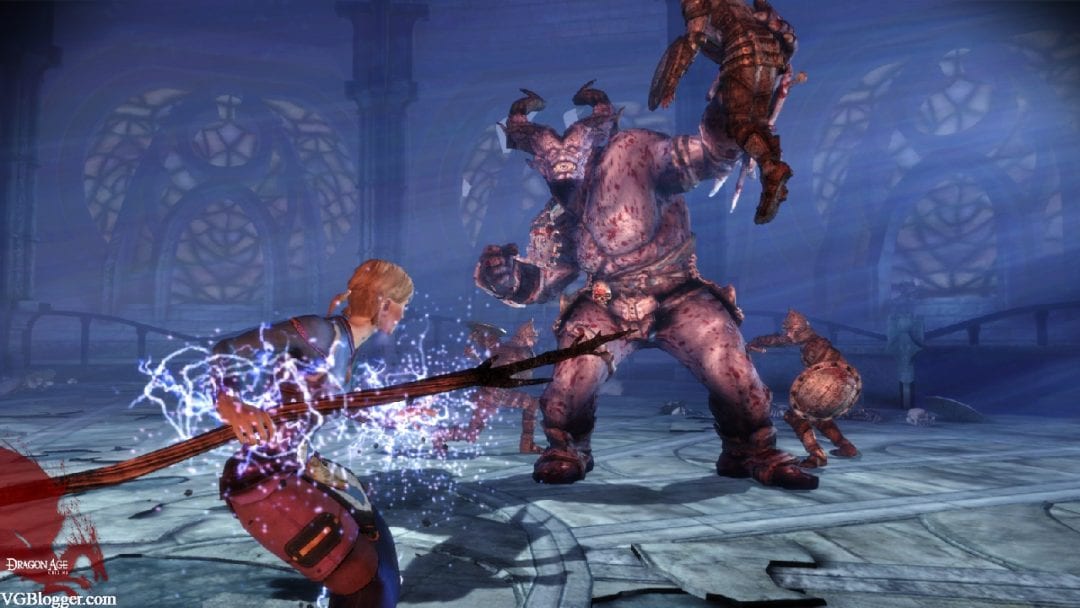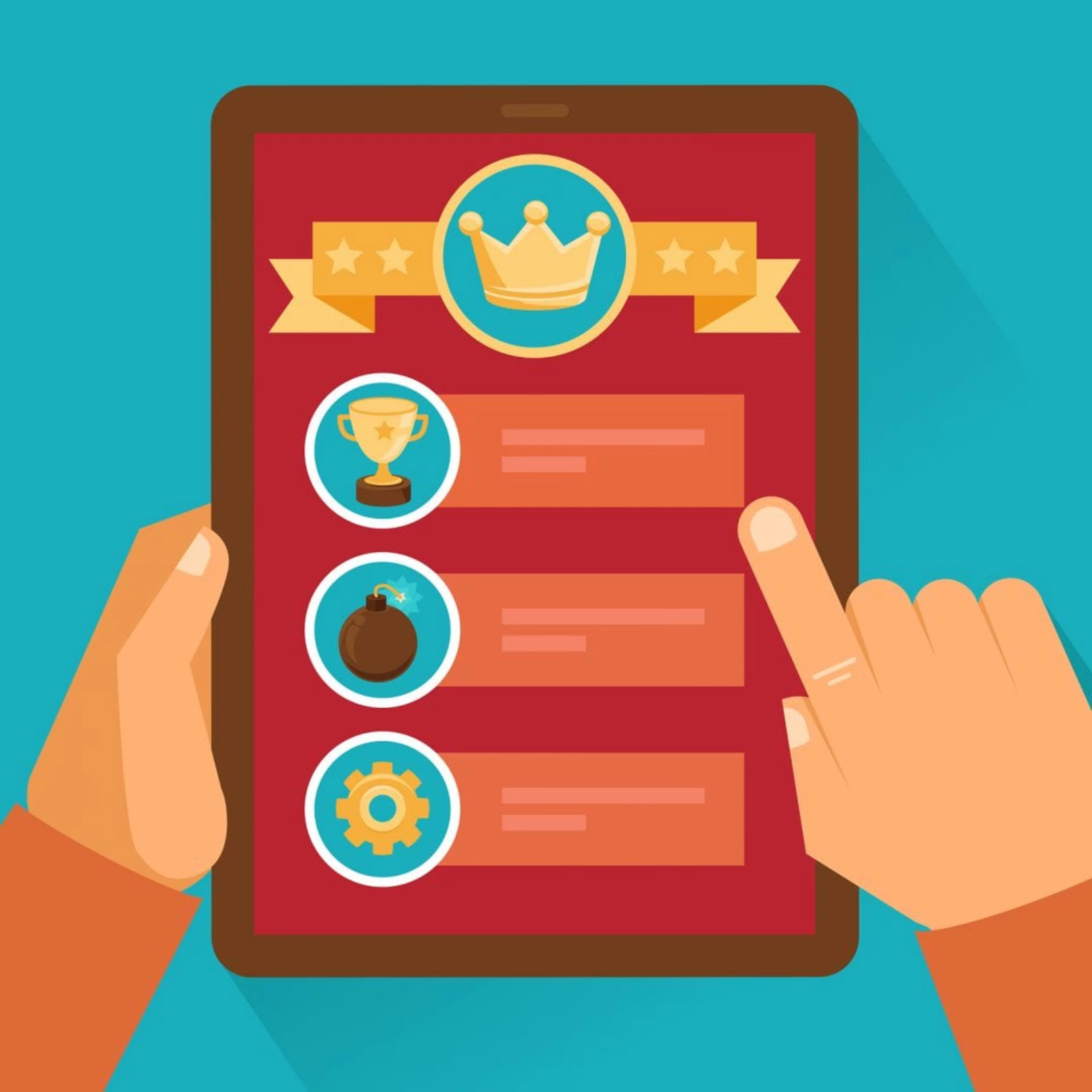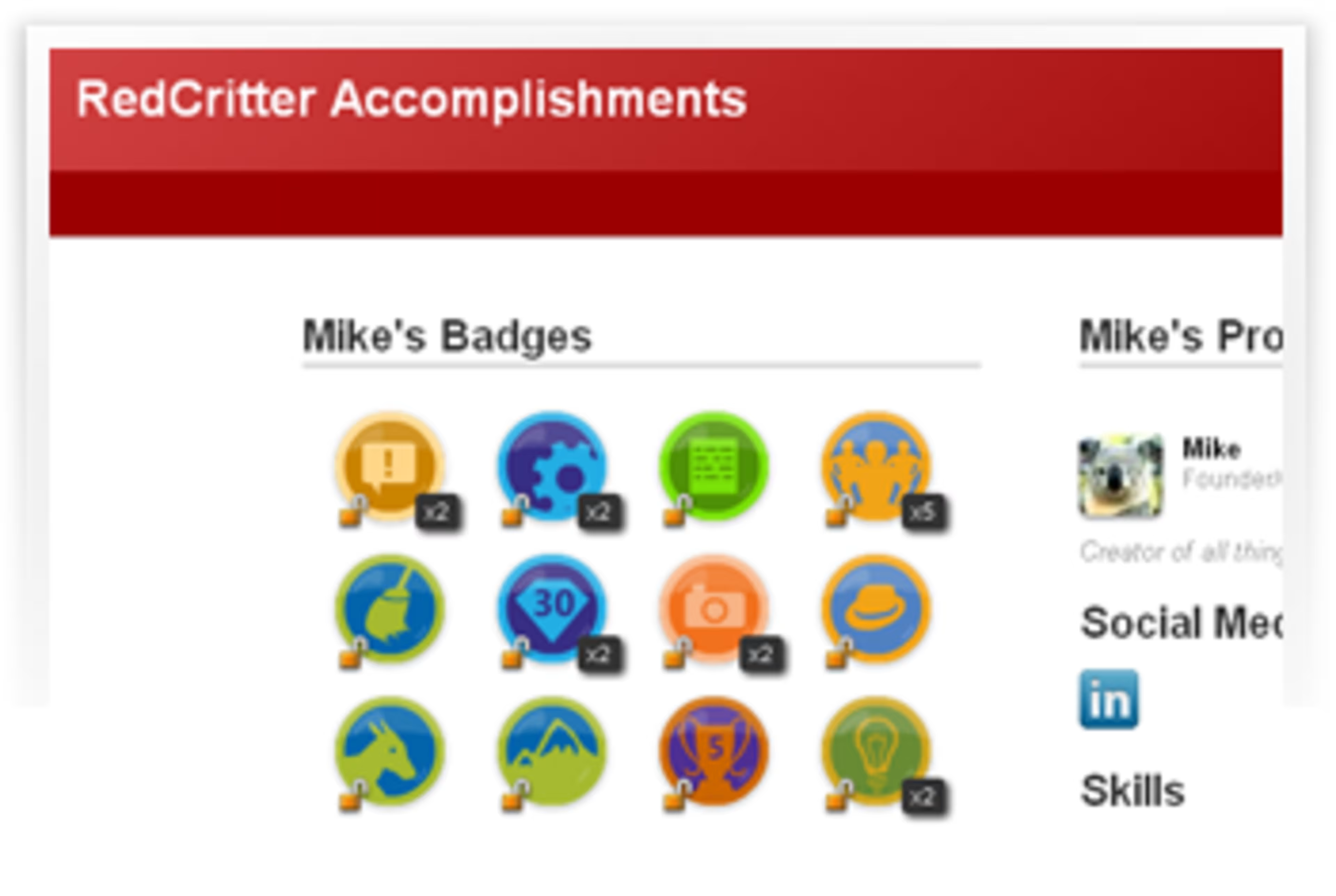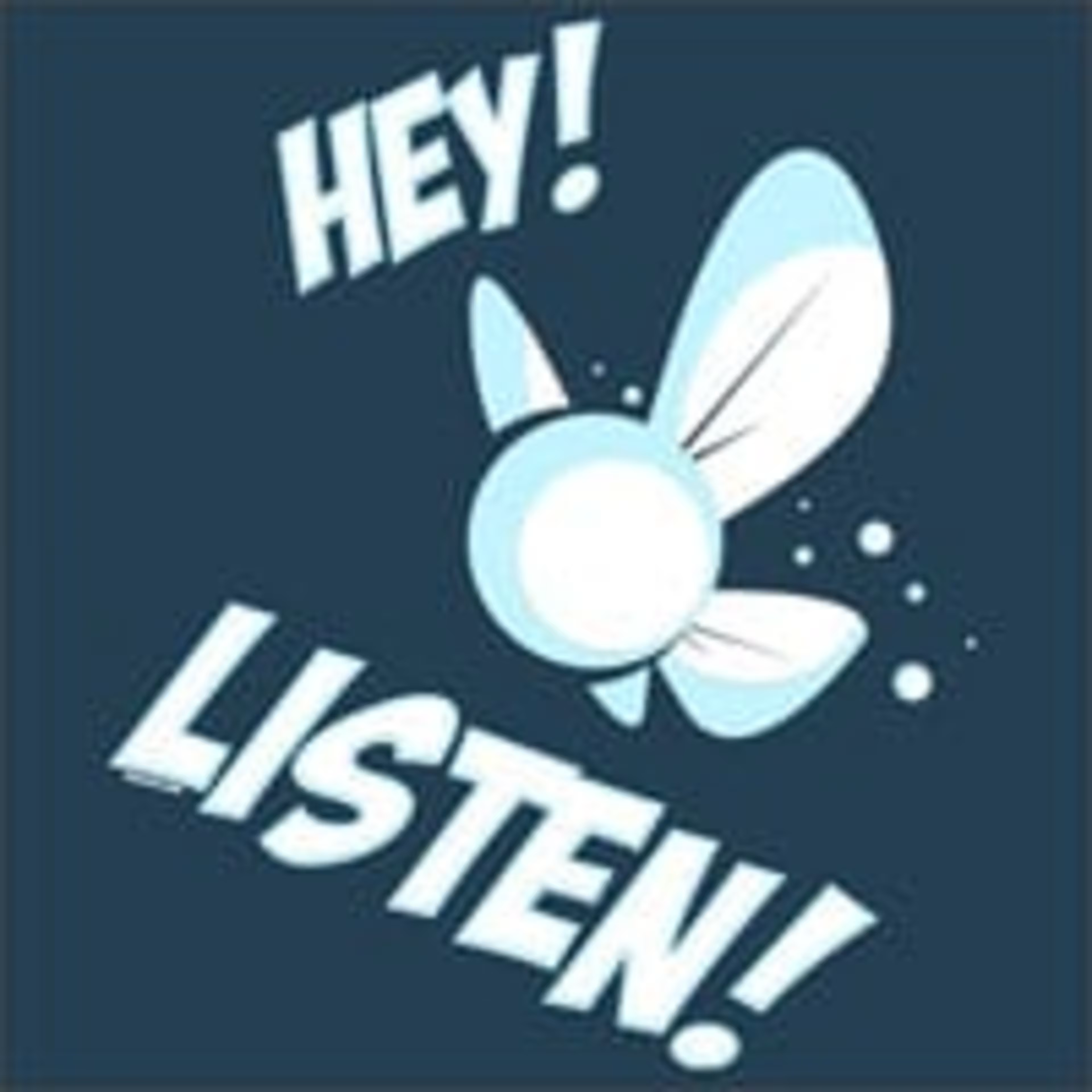What do Dragon Age: Inquisition, The Last of Us, and Destiny all have in common?
I’m going to be holed up playing all of them this winter on my new Playstation 4 console.
Like so many people in my generation, gaming was just a part of growing up. From Age of Empires to Zoombinis, I have been groomed to understand achievement in points and levels.
Gamification takes the fun of success in video games and brings it to the office—instead of defeating giant orcs, teams come together to defeat a different kind of beast: projects.

Screenshot from Dragon Age
The idea is pretty simple: use a gameplay model to build rewards around productivity and goals. Team members can “level” or earn badges based on output. In short, work starts to feel more like a game. (And it’s more fun that way too.)
Project management and gamification go hand in hand—after all, what is project management other than organizing best outcomes among workers and keeping them happy? A PMO can use gamification to aid its own quest of producing an imaginative, competitive, and passionate team.
Gamification Works

One of the biggest problems facing the workplace is employee disengagement. Gallup reports that 87% of workers are “actively disengaged” or “not engaged” in their workplace.
For example, inaccuracy (caused by disengagement) troubled Lawley Insurance in 2012. Their employees were sloppily updating their Salesforce software, leading to messy forecasts and inaccurate reporting. Lawley decided to introduce gamification to solve the problem. They instituted a two-week challenge where employees could earn points for updating their files, logging their phone calls, and scoping out prospects. Concur.com reports, “The contest was responsible for generating the same amount of Salesforce activities in two weeks as had been created in the prior 7 ½ months.”
This story is, of course, one among many. Accenture notes that “Game mechanics are already effectively engaging and motivating the workforce as well as maintaining and intensifying certain employee behaviors.”
With all that said, how can project managers use gamification to their benefit?
Choose Gamified Project Management Software

Gamification works much better when everyone is tied into the same system. That’s why project management software is the obvious avenue to encourage friendly competitiveness among your team.
RedCritter Tracker is Agile project management at its simplest. Assign users to tasks based on their skill set, track hours worked, and manage your sprints with multiple teams and products. In many ways, RedCritter isn’t so different than other project management systems.
But what makes it stand out is its badge and rewards system. While other project management software has elements of gamification, RedCritter is the only system devoted to gamification in project management. With over fifty unique badges, RedCritter has unlocked the secret to motivating your employees. These badges are prominently displayed on the user’s profile. Additionally, companies can opt to participate in RedCritter’s reward store, where users can save up earned points and trade them in for company-specific rewards (ex: a lunch with the CEO).
Tips and Tricks to Keep In Mind

It’s dangerous to go alone; take these tips with you.
Part of the fun of gaming is that it’s challenging—but also that there’s hope in defeating the game. Don’t build a game that can’t be won.
Ideally, every employee has a chance to win a/the prize. That means you can actually demoralize your employees if you only have one winner of a challenge.
Encourage teamwork in your games. Person 2 Person Engagement notes, “The benefits of true teamwork compared to individual or mere work-group efforts are literally both measurable and incredible even before they're gamified.” Add gamification to the equation and watch your engagement soar.
Repetition breeds discontent. Make sure your game offers diverse enough challenges to keep your users engaged.
Gamification doesn’t work for everyone. As a project manager and leader, it’s up to you to figure out what makes your team tick. If it’s not gamification, don’t be afraid to scrap the game.
More?
Capterra is all about gamification and having fun—heck, we even have an arcade unit in our kitchen. What does your company do to gamify productivity? As a project manager, do you use gamification? What tips did I miss above? Leave your answers in the comments below!